How far will smartphone manufacturers go to flatten the increasingly "bulging" rear cameras?
![]() 03/25 2025
03/25 2025
![]() 969
969
Recently, I bought a Smartisan R2.
As the last product in the Hammer series, there's plenty to talk about with the Smartisan R2, whether it's the unique SmartisanOS, the widely-studied Big Bang and One Step features, or the unique office combination with TNT Go, all of which are worth revisiting.
But after actually using this product, what surprised me the most wasn't the software or features.
What surprised me the most was the thickness of this phone's camera module.
The imaging configuration of the Smartisan R2 itself wasn't bad at the time, with a main camera using Samsung's HMX sensor, offering 108MP and a 1/1.33-inch sensor size with optical image stabilization, along with a 3x optical zoom lens and several secondary cameras.
Yet its camera module was surprisingly thin, measuring only about 1mm in thickness.
For comparison, my currently used Xiaomi 15 has a camera module thickness of around 2-2.5mm, and that's already considered a compact flagship model. Recently, the vivo X200 Ultra, which has been frequently exposed on Weibo, has sparked heated discussions on forums due to its camera module thickness that almost matches the body thickness, leaving people stunned.
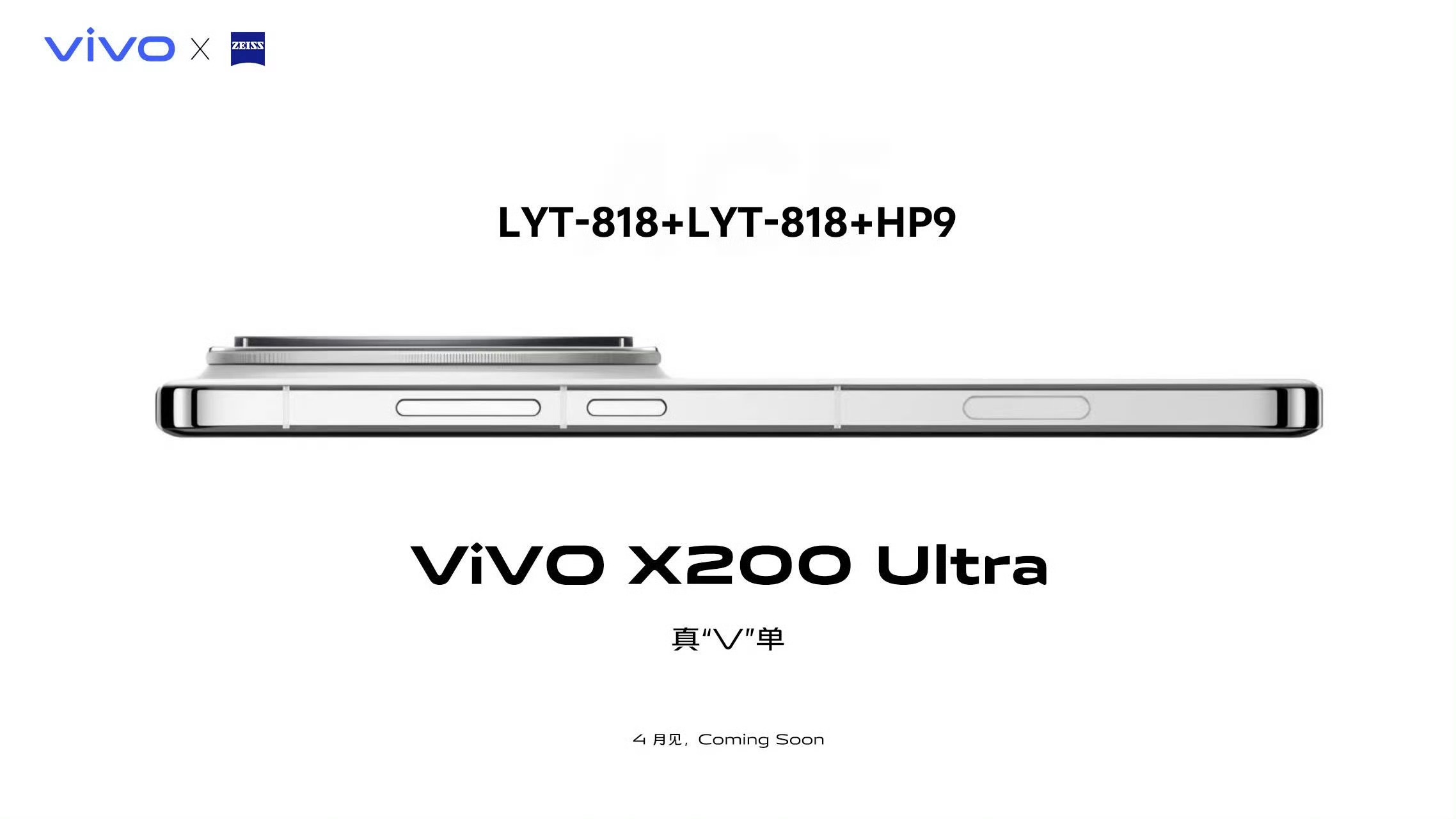
(Image source: Weibo)
This raises the question, isn't the digital industry supposed to be evolving rapidly?
How come, after four years, the thickness of rear cameras has not decreased but increased, even showing a trend of becoming larger and more prominent, to the point where holding the phone becomes somewhat uncomfortable. Isn't this putting the cart before the horse?
The reasons behind this will be elaborated upon in the following text.
Is a non-protruding camera not a good camera?
In fact, this controversy about camera module thickness didn't start with vivo.
According to my research, the earliest controversy on social media actually stemmed from the first ultra-premium flagship of the year, the Xiaomi 15 Ultra.
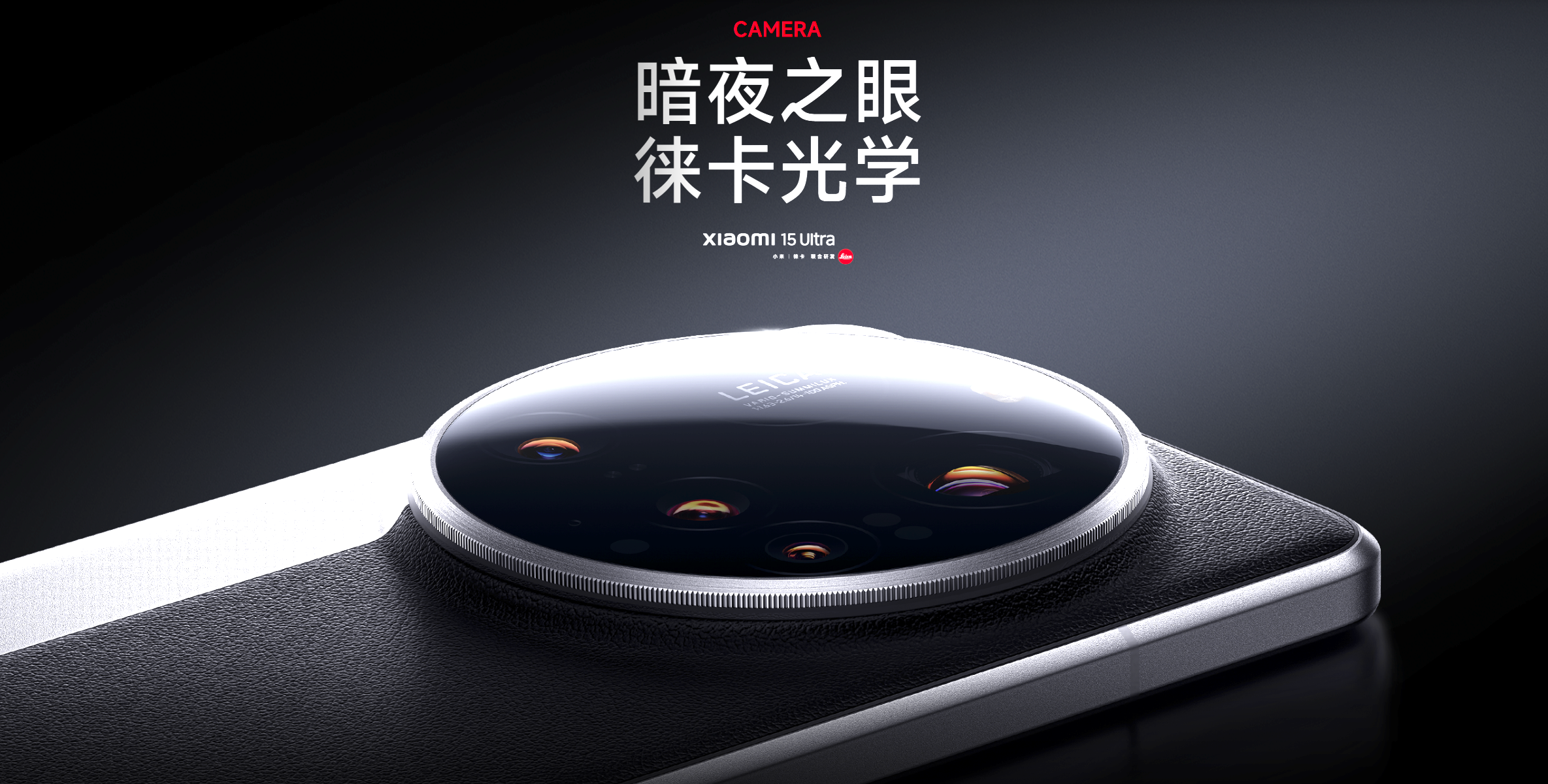
(Image source: Xiaomi)
To accommodate this Leica Super 200MP zoom lens, the Xiaomi 15 Ultra this year indeed made quite a few compromises. Besides some downsizing in peripheral configurations, the most direct impact was the disorganized camera arrangement and an even larger and thicker camera module compared to previous years.
Of course, you could also argue that it now looks more like a camera.
In summary, the debate around the rationality of this module lasted nearly a week between Xiaomi fans and fans of other brands, with neither side able to convince the other. However, it didn't have much impact on product sales.
The spotlight of this topic only shifted after real images of the vivo X200 Ultra were leaked, presumably by a factory worker.
You ask why the focus shifted? Because the camera module of the vivo X200 Ultra is even more exaggerated.

(Image source: Weibo)
Judging from the leaked images, the protruding part of the rear camera on the vivo X200 Ultra should be about 0.8 to 1 times the thickness of the phone body. Considering that the thickness of ultra-premium flagships is around 9mm, this makes the thickness of the camera module on this product possibly reach a staggering 16-18mm.
This thickness is quite shocking to behold.
Of course, the most outrageous has to be Nubia. While everyone else is eager to downplay this aspect, Nubia has actually targeted the attention that this debate might bring, posting pre-heating content on Weibo through several media outlets as shown in the image.
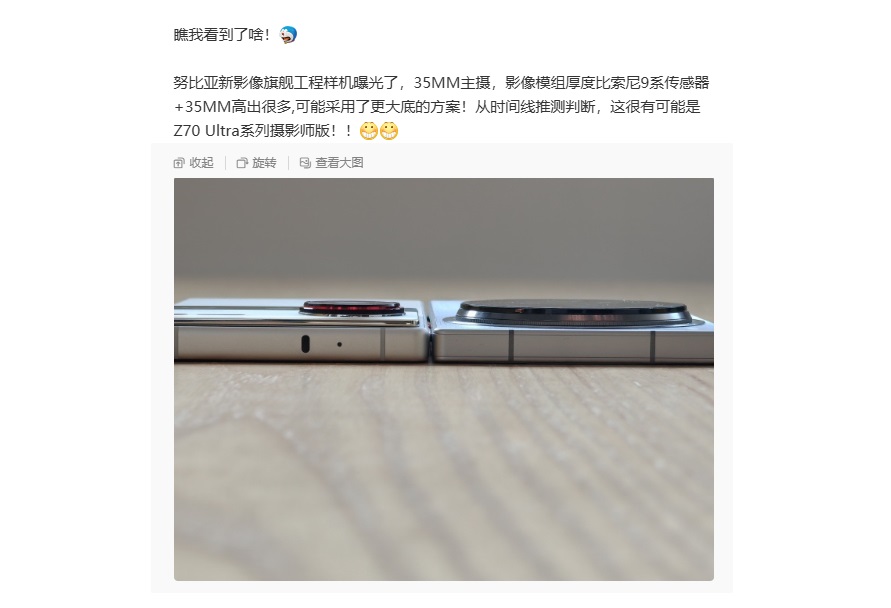
(Image source: Weibo)
That's right, the main selling point of the Nubia Z70 Ultra Photographer Edition is that the camera module has become thicker...
What's going on? In this day and age, does a non-protruding camera not mean it's a good camera?
Hey, everyone, don't worry. In a sense, this statement might not be entirely wrong, and it can even be said to be an objective law of the development of the digital industry.
In my opinion, if "camera protrusion" is the "symptom," then "insufficient internal space" is the underlying "cause." The fundamental reason why camera modules need to protrude from the back of the phone is that there is not enough space inside the phone to accommodate the camera.
Let's take the teardown image recently released by vivo's Han Boxiao as an example:
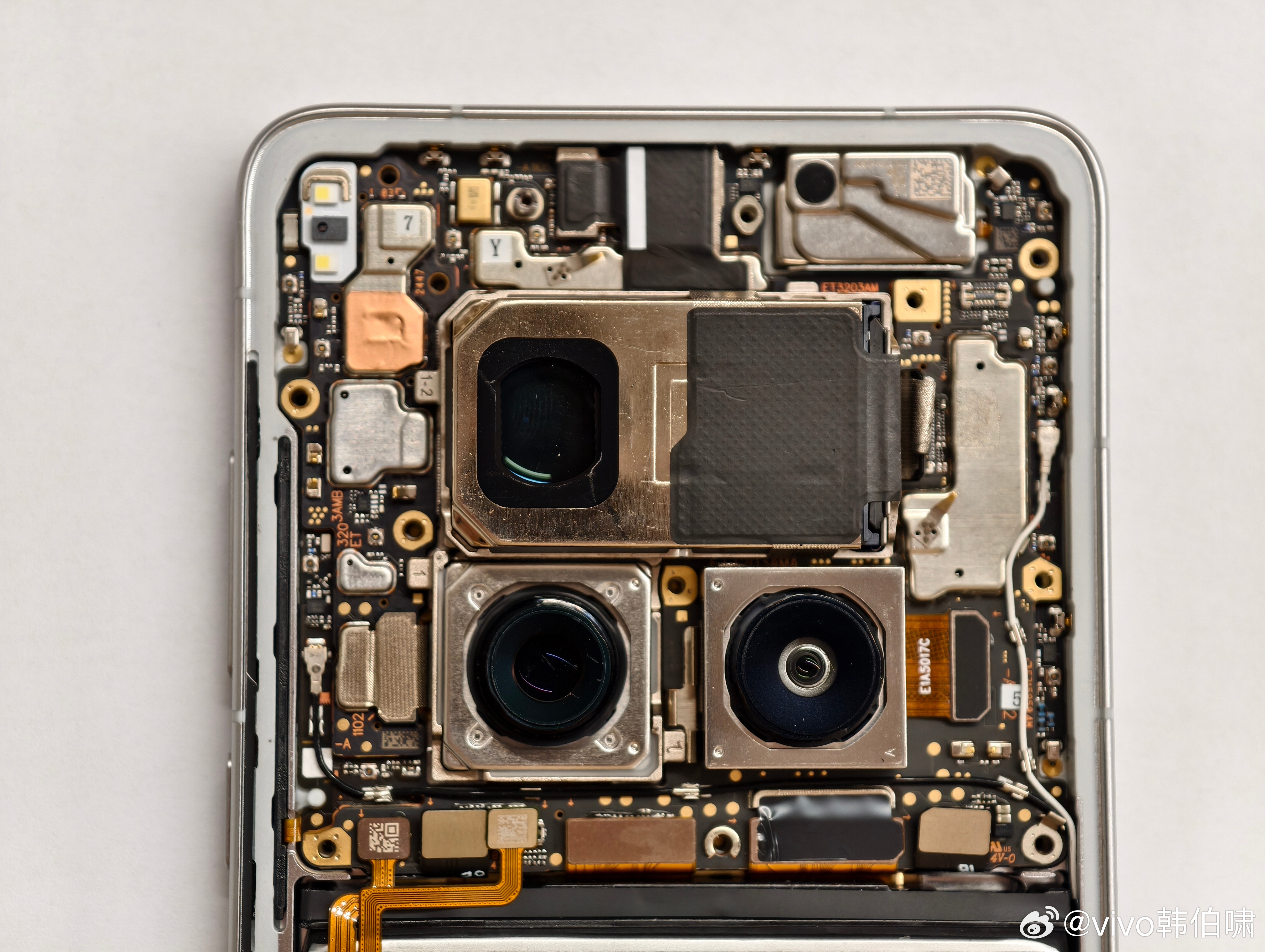
(Image source: Weibo)
From this image, it's not hard to see how large the three lenses of the vivo X200 Ultra are, occupying more than 50% of the upper half of the phone body, with the new 200MP giant zoom lens being the most prominent.
Now, we know that the body thickness of the vivo X200 Ultra is basically the same as its predecessor. Therefore, with the overall thickness of the phone remaining unchanged, the increase in sensor size will inevitably lead to an "expansion" in the size of the camera module. Moreover, vivo has also equipped the main camera with a 35mm focal length. To provide enough travel for the focusing module, the thickness of the camera module also needs to be proportionally "increased."
In summary, there are no miracles in physics. To achieve good imaging, you still need a large sensor, large aperture, sufficient light intake, and enough optical path distance.
The result of this is that the camera module becomes larger and more prominent, "emerging" on the back of the phone like rocks during low tide. While such products undoubtedly have top-notch imaging specifications, the daily user experience is a matter of personal opinion.
How far will manufacturers go to flatten the camera?
Does improving image quality necessarily come at the cost of camera protrusion?
The answer is no.
For example, Xiaomi recently released the Modular Optical System, which I'm sure many of you have noticed. This integrated "lens" with a built-in M43 sensor and an equivalent full-frame 35mm focal length can be connected to Xiaomi 15 series phones via magnetic attraction and uses Xiaomi's proprietary LaserLink technology for data transmission. It combines the high-quality sensor and lens with the computing power of the phone's AI ISP to take advantage of both to produce a photograph.
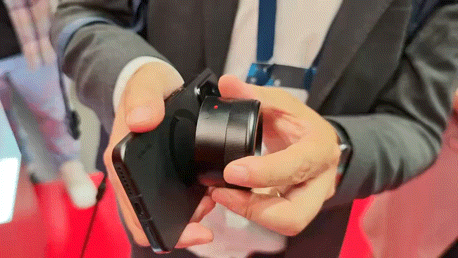
(Image source: Lei Technology)
Similarly, realme also showcased its external lens solution at MWC 25. The difference is that the realme concept phone adopts a pure optical solution—the body only has a one-inch bare CMOS, which must be paired with an external lens to achieve imaging. Moreover, this solution is a "cold mount," with no signal path between the phone and the lens itself. Focusing can only be done manually by the user, not to mention lens stabilization.
Although these two solutions differ in principle and approach, they essentially aim to separate the "camera/lens module" from the "phone" as an attempt to free up internal stacking space within the phone body. I also look forward to the day when camera thickness can be liberated from the constraints of the phone body.
When it comes to putting effort into reducing the thickness of camera lenses in mass-produced phones, OPPO has undoubtedly been one of the most dedicated in recent years.
To address this issue, OPPO's solution is to innovate on the periscope lens, using a new triple-prism reflective optical path design to fold the traditional horizontal optical path into a vertical direction, significantly saving horizontal space and ultimately reducing the module thickness by one-third.
As for its effectiveness, judging from the performance of the OPPO Find X8, it's quite impressive.
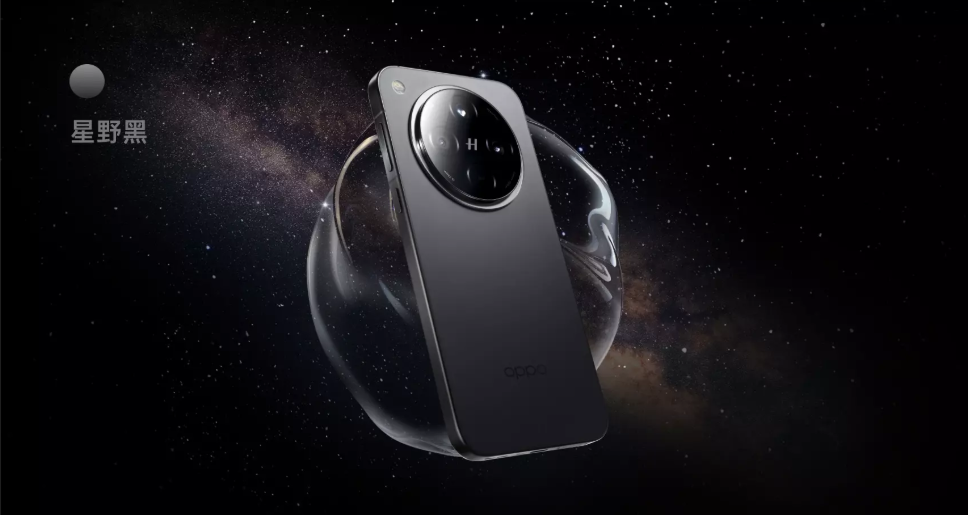
(Image source: OPPO)
It's said that the OPPO Find X8 Ultra will also have some tricks up its sleeve regarding camera thickness, so we can look forward to it.
Besides, Xiaomi has also researched "liquid lenses" in the past. Driven by a servo motor, the "lens" simulated by the transparent fluid can quickly change its shape, thereby altering its optical parameters to complete the focusing process while meeting both telephoto and macro focusing needs, naturally also reducing module thickness.
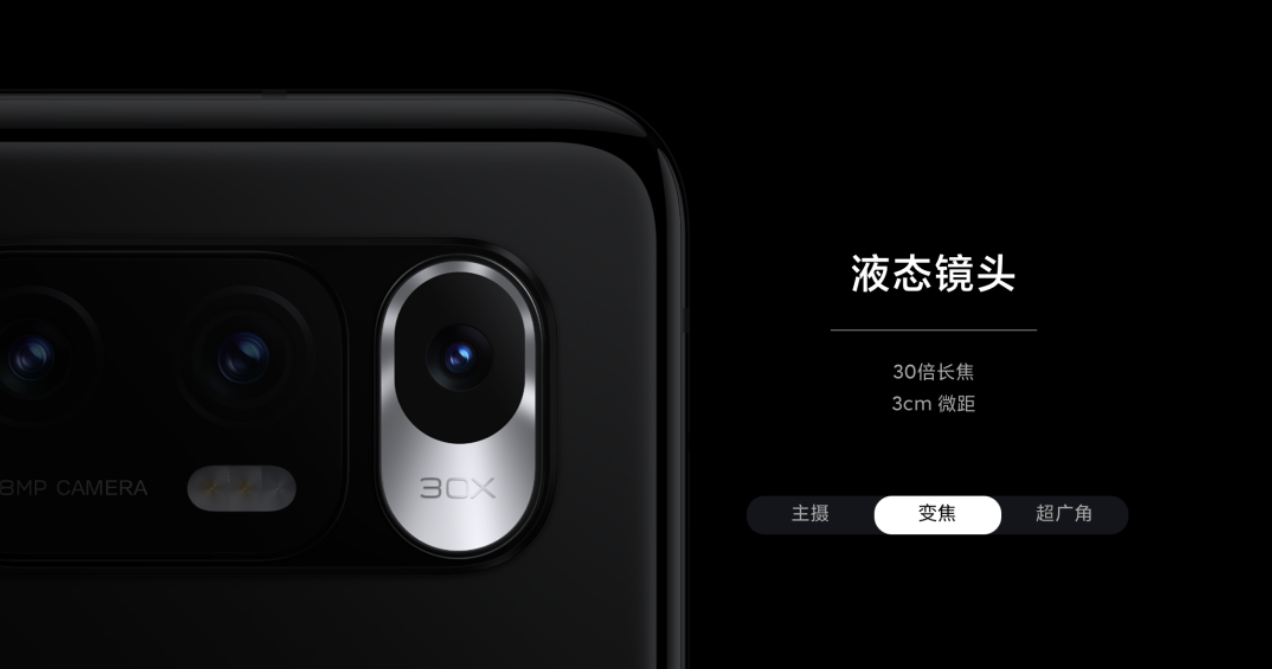
(Image source: Xiaomi)
Unfortunately, due to reliability issues, this design was ultimately short-lived but still counts as an interesting attempt.
Finally, let's think about it the other way around: Does a phone with a protruding camera necessarily take great photos?
The answer is no.
In fact, many mid-range and even entry-level phones on the market are now trying to replicate the modular design of flagship phones, leading to a significant increase in the overall modular thickness of the phone market. However, behind these overly flashy designs lies a main camera configuration that's still from five years ago (LYT-600/IMX586).
While I understand that everyone has a bit of vanity, this kind of design is really unnecessary...
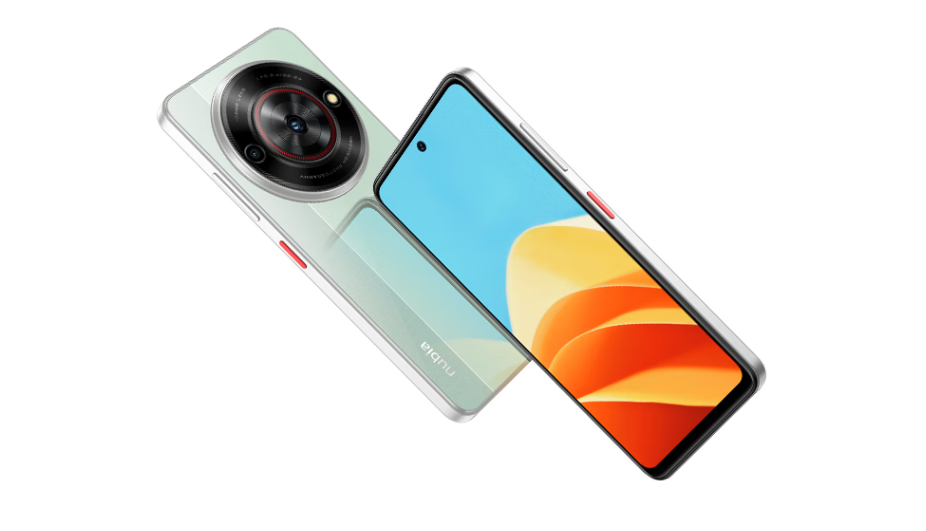
(Image source: Honor)
Look at the flashy designs of domestic entry-level phones and then look at Google's newly released Pixel 9A. When will we be able to see some phones with completely flat backs?
Maybe once Apple does it, other manufacturers will follow suit.







